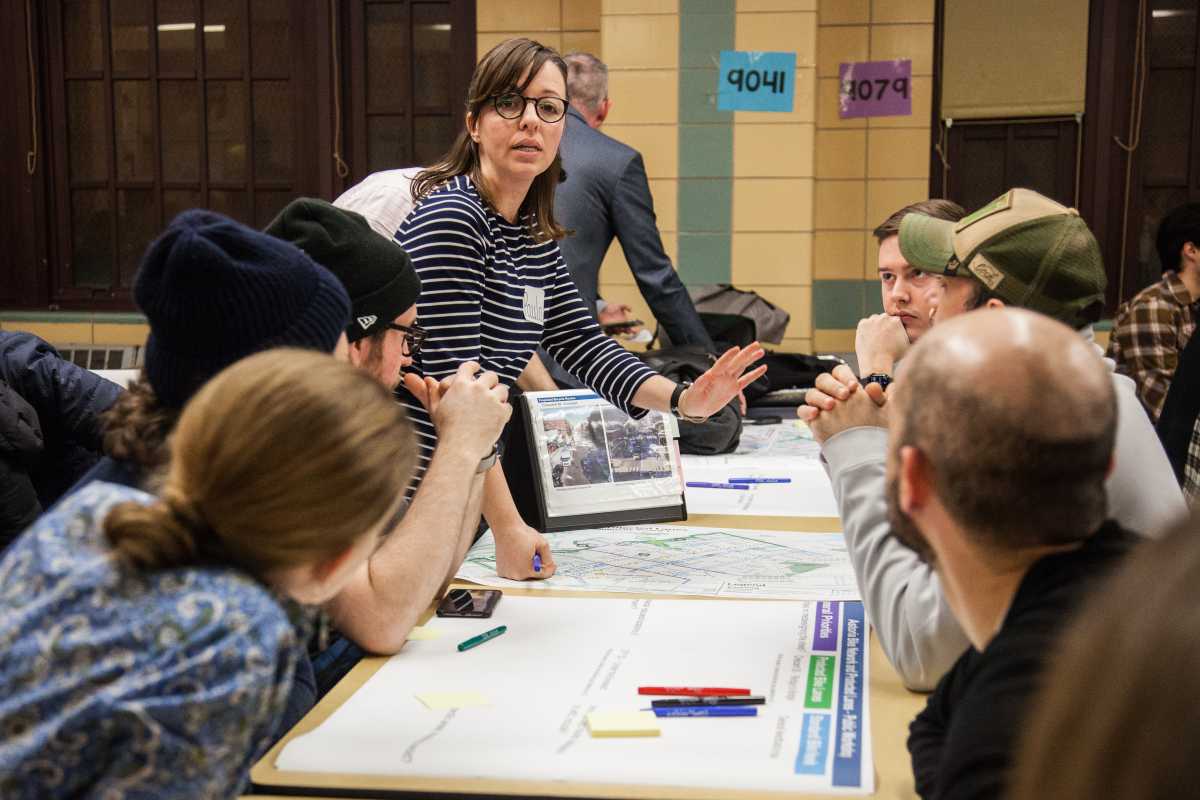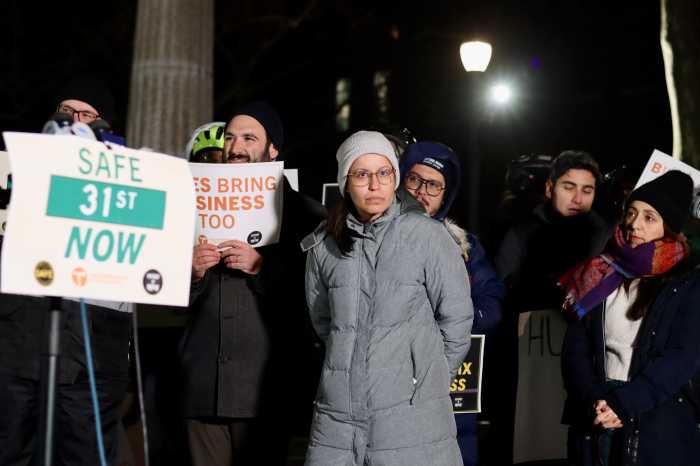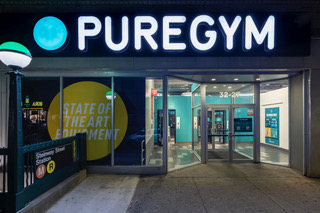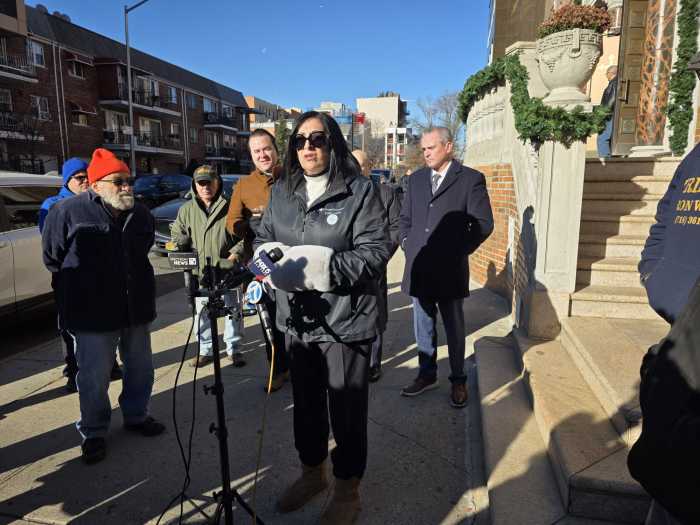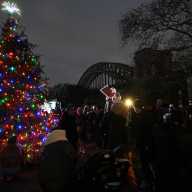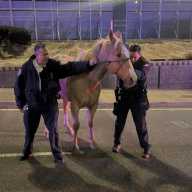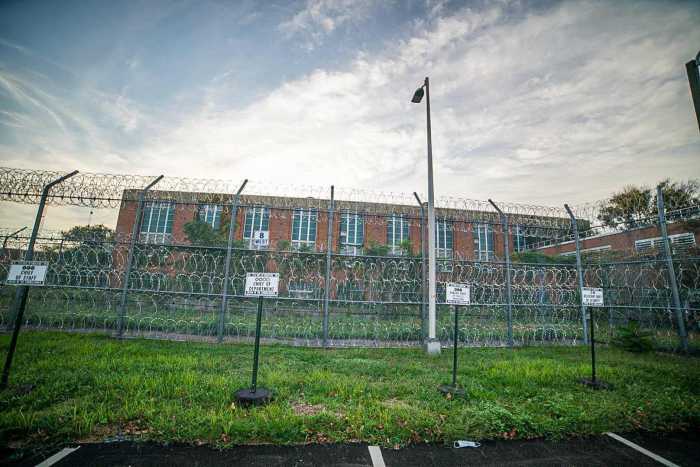The Department of Transportation presented its blueprint for improving bike infrastructure in Astoria on Tuesday, Feb. 11, at a public workshop where it unveiled a tentative plan for a pair of protected bike lanes and solicited feedback from the area’s cyclists.
The two proposed north-south protected lanes extend up Crescent Street and 31st Street. The DOT is proposing these two-way lanes as a way to close gaps in the bike network through the Green Wave plan.
The network would also include several other standard bike lanes in the northeast part of the neighborhood on 43rd and 44th streets and in the southwest on 22nd and 23rd streets.
“We want to talk about expanding the network around that bike lane. How can we make the whole network work together? What are the best routes to look at? Are there other routes we haven’t considered?” said DOT Deputy Director for Projects and Planning Alice Friedman.
Cycling advocates have been calling for a protected bike lane from the Triboro Bridge to the Queensborough Bridge along Crescent Street for years. The Crescent Street concept involves a two-way bike lane separated by a lane of parked cars.
The plan for the 31st Street protected lane, stretches from 20th Avenue to 39th Avenue run parallel with the N/W subway line, but would not provide a direct connection to the Queensborough Bridge. The plan envisions bus stops and pedestrian improvements along the protected lane.
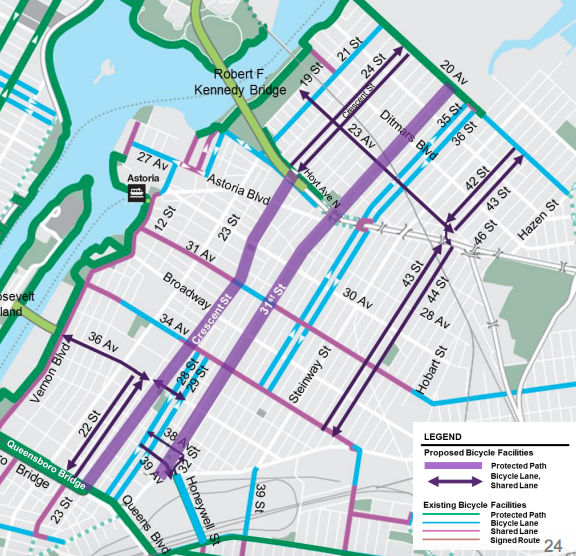
More than 100 biking enthusiasts came to participate in the workshop. After breaking off into working groups led by a DOT representative and deliberating on the proposed network improvements, each group presented their overarching conclusions to the crowd.
In the group discussions, DOT representatives emphasized that the proposed routes weren’t finalized, and that they would consider feedback seriously. They also attempted to gauge the most vital parts of the design.
DOT Borough Planner John O’Neil inevitably asked if the participants in his group had a preference between the two lanes if they had to choose. His groups’ consensus mirrored all of the rest: the bike lane on Crescent was more critical, but both lanes would be desirable as an ideal scenario.
In presenting their conclusions, several groups also commented that the plan does not do enough to create safe east-west bike lanes in the neighborhood. Of the east-west routes currently proposed, one is only a few blocks long and the other is a shared bike lane, which involves painting “sharrows” or signage that serves to remind cars about the presence of bikes on the street.
Many of the participants were skeptical that shared lanes constitute a meaningful safety improvement.
“The proposed shared lanes – that should be every street because that’s the law,” said cyclist and Community Board 5 member John Maier.
The mood of the participants presenting their findings wavered between enthusiasm for the improvements to indignation at the current state of bike safety in the neighborhood.
“It’s a car-centric neighborhood and we basically have a freeway going through it. We need speed bumps, signage, more stop signals,” said Astoria cyclist Shannon Rudd. “It’s terrifying to be out there.”
DOT planners say they will use the feedback from the workshop to update the proposal and continue with community engagement into the spring and summer.By the fall, the DOT says it plans to begin implementation of the conventional and protected bicycle routes.

